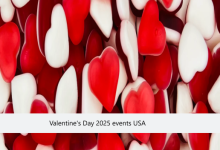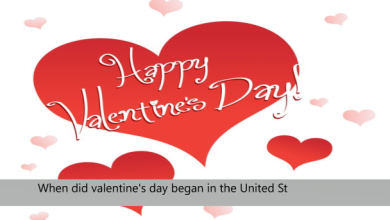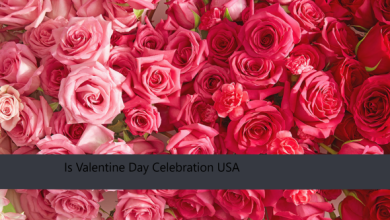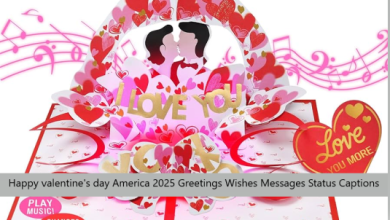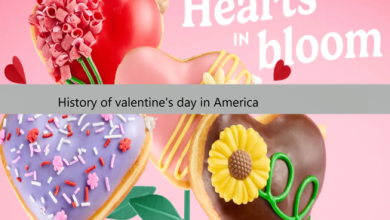4 Interesting facts about Valentine’s day
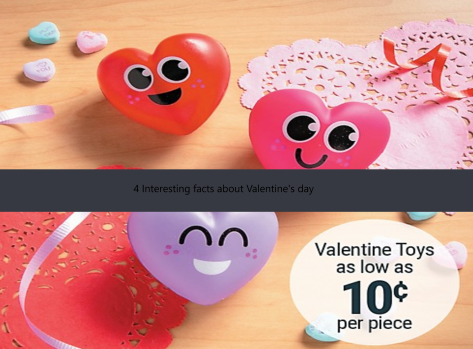
Valentine’s Day is one of the most celebrated occasions across the globe. It’s a day dedicated to love, romance, and meaningful gestures. But how much do you really know about its origins, traditions, and global impact? Beyond heart-shaped chocolates and bouquet deliveries, Valentine’s Day holds fascinating stories and customs that date back centuries and extend far beyond hallmark cards.
Its Origins Date Back to Ancient Rome
Valentine’s Day is more than just a commercial day of love—it has its roots in ancient Roman history. The day is believed to have evolved from the pagan festival Lupercalia, observed on February 15. Lupercalia was a fertility festival dedicated to Faunus, the Roman god of agriculture, and Roman founders Romulus and Remus.
During the festival, priests would sacrifice goats and use the hides to gently slap women and crop fields as a way to encourage fertility. Later in the day, a matchmaking lottery would occur, pairing men and women for the festival’s duration—and sometimes longer!
It wasn’t until the 5th century that Pope Gelasius I replaced Lupercalia with St. Valentine’s Day. Historians suspect the name comes from one, or possibly two, Christian martyrs named Valentine who were executed on February 14 during the Roman Empire. Over time, this day became associated with romantic love, thanks to literary contributions from poets like Geoffrey Chaucer in the Middle Ages.
The First Valentine Was Sent from a Prison
The tradition of sending Valentine’s cards has an unusual and heartfelt origin. The first recorded Valentine note is believed to have been penned by Charles, Duke of Orléans, in 1415. While imprisoned in the Tower of London following his capture in the Battle of Agincourt, Charles wrote poetic love letters to his wife, Bonne of Armagnac.
One of his notes, sent during his captivity, read, “I am already sick of love, My very gentle Valentine.”
Today, you can still view these historical love letters at the British Library. The act of exchanging Valentine notes gained popularity in the 17th and 18th centuries and has evolved into the vibrant tradition of sending greeting cards that we recognize today.
It’s Celebrated Differently Around the World
Though Valentine’s Day is often associated with Western flowers, chocolates, and dinner dates, its celebration varies wildly among cultures. Below are some intriguing global customs:
- South Korea and Japan: These countries celebrate “Valentine’s Day” over the course of two months. On February 14, women traditionally give chocolates to men (often homemade to show effort and affection). A month later, on March 14 (known as White Day), men reciprocate the gift-giving. South Korea takes things further with “Black Day” on April 14, allowing singles to gather and console one another over bowls of black noodles called jajangmyeon.
- Denmark: The Danes have their own twist. Rather than exchanging roses, they give pressed white flowers called snowdrops. Men also write funny rhyming notes called “gaekkebrev” and send them anonymously. If the recipient guesses the sender’s identity correctly, they earn a chocolate Easter egg later in the year!
- Brazil: Instead of February 14, Brazilians celebrate “Dia dos Namorados” or the “Day of Lovers” on June 12. It coincides with the eve of Saint Anthony’s Day, the patron of marriage, when matchmaking rituals take place.
- Wales: Forget Valentine’s—Wales celebrates St. Dwynwen’s Day on January 25, honoring their patron saint of lovers. Instead of cards and roses, traditional gifts include intricately carved wooden love spoons.
These varied customs showcase how the theme of love transcends borders, with each culture adding its own flair.
Valentine’s Day Is Big Business
Love might be priceless, but Valentine’s Day can come with a hefty price tag! It’s now one of the most commercialized holidays in the world. According to statistics from the National Retail Federation (NRF), Americans spent a whopping $23.9 billion on Valentine’s Day in 2022.
The most popular purchases? Unsurprisingly, candy tops the list, followed by flowers, greeting cards, jewelry, and romantic evenings out. Chocolate remains an iconic symbol of the holiday, thanks in part to Richard Cadbury, who first created decorative “Valentine’s boxes” of chocolates in the 19th century.
Here are a few other fun facts about Valentine spending:
- It’s estimated that 250 million roses are grown each year specifically for February 14.
- Around 6 million marriages are proposed on Valentine’s Day annually worldwide.
- Pets aren’t left out! Approximately 27% of people purchase Valentine’s gifts for their furry friends, proving love knows no boundaries.
Beyond its cultural and sentimental value, Valentine’s Day offers a major boost to the economy, bolstering a range of industries from florists to chocolatiers to restaurants.








